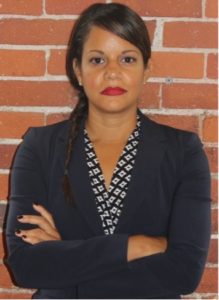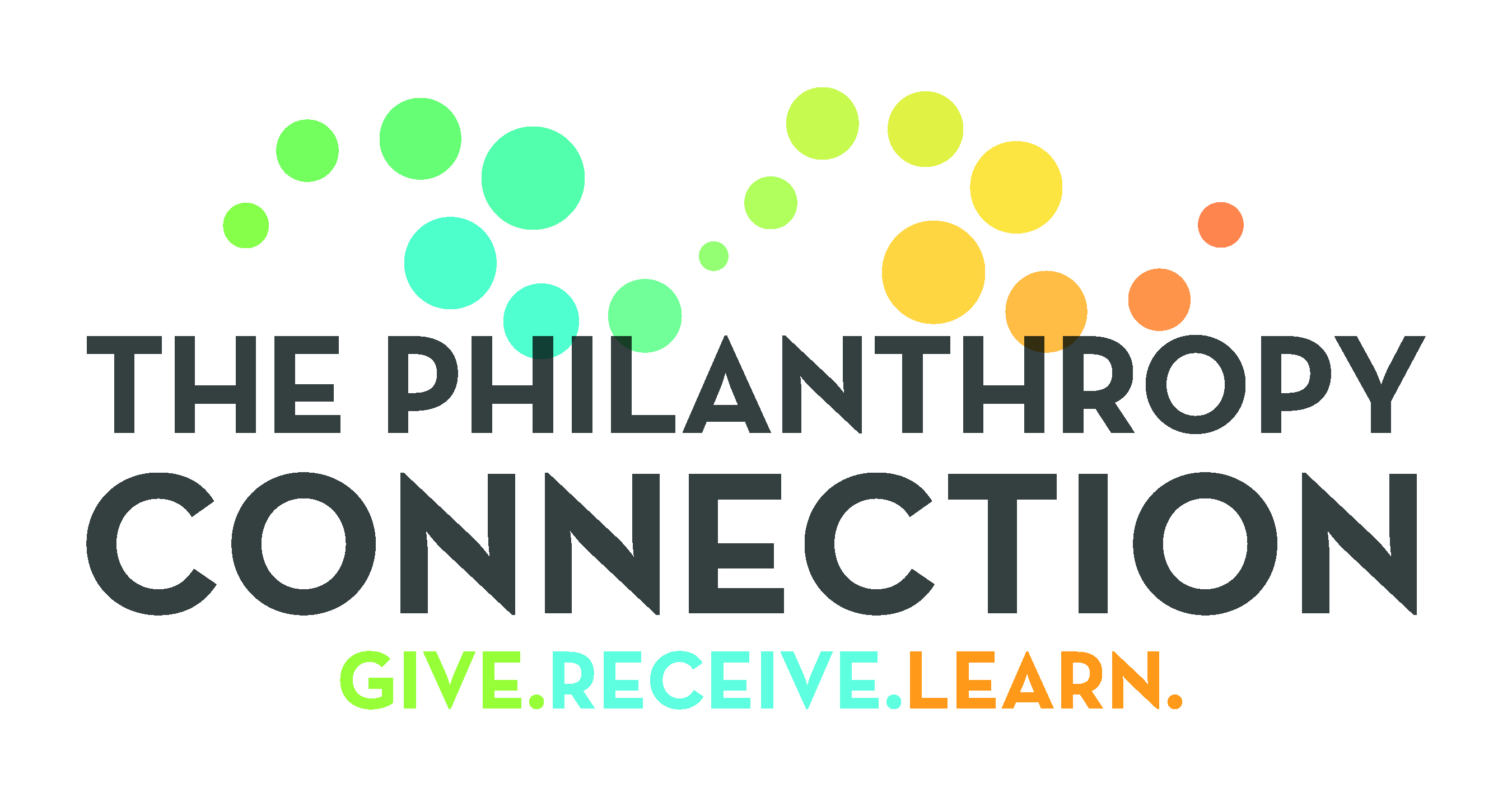Interview with Yesenia Gil, Executive Director, Bread & Roses Housing
 Tell us about yourself and how you came to work with Bread & Roses Housing (BRH).
Tell us about yourself and how you came to work with Bread & Roses Housing (BRH).
I have been the Executive Director for about 7 years. I am the daughter of Dominican immigrants, a first-generation American, raised in the “immigrant city” of Lawrence. I have worked in the affordable housing space for more than 15 years in varying capacities, including within municipal government, where I was introduced to the community land trust model.
I quickly realized the BRH model was unique and progressive in its approach to addressing inequalities in homeownership for low-resource families and in stewarding the land as a community right – not as a commodity through perpetual preservation. After leaving employment with the City of Lawrence, I decided to focus more on social justice. I served on the BRH board of directors for five years before stepping into the executive director role. I’m the second executive director in its 30+ year history.
What are your goals for the organization?
My vision has been to sustainably grow and scale the mission to reach more underserved families. We’ve successfully scaled by increasing our footprint from Lawrence to include North Andover and Haverhill. Since I began leading the organization, we’ve added 17 new homes to our portfolio and preserved 6 units; preservation is an integral part of the model. The organization also grew from one full-time employee to three full-time employees. I remain committed to scaling the organization, with a focus on forward-looking strategic planning, to ensure we will be creating affordable homeownership opportunities for low-resource families 30 years from now.
What are your plans for the organization’s future?
In January 2022, we’ll be doing some soul searching with our pro bono partner, Community Consulting Teams (CCT). With their help, we’ll complete a comprehensive SWOT (Strength, Weakness, Opportunity, Threat) analysis. A successful analysis will help us identify specific goals, objectives, and outcomes before the construction of our strategic plan. Ultimately, we will be able to expand access within the communities we currently serve and have the capacity to identify other opportunities in the Greater Lawrence area. I believe this project will be transformative for the organization and will help inform our vision for the future.
Can you tell us how your organization’s work has impacted a family or community?
When I hear about the impact our homes have on the families we serve, it recharges my battery after a long housing development cycle. There are so many stories of struggle, hope, and redemption. I would like to share a story about the impact on the community in which we build our homes. An important tenet of our mission is to revitalize a neighborhood that has suffered from disinvestment. This means we target a property that is either creating blight or diminishing the quality of life of its residents.
During our first project in the city of Haverhill, we acquired a church that had been vacant for over 20 years in the city’s poorest census tract. The property was infamous for crime and for the garbage it accumulated through illegal dumping. Part of the revitalization effort was to demolish the church and create seven affordable homeownership units in a neighborhood with a high poverty rate and a low owner-occupancy rate. In addition to helping seven low-income, first-time homebuyers attain the American dream, we changed the landscape of the neighborhood, increased the homeownership rate, and improved the quality of life for other families already living in the community.
Tell us about how TPC’s grant is being used. What is the impact of TPC funding?
Thank you, TPC, for your support! Our commitment to you was to use the funds to continue expanding access to affordable homeownership and to create a pathway to better health and school outcomes for low-resource children in the Greater Lawrence area through programs tackling intergenerational financial, housing, and educational insecurity.
Our initial hope was to expand access by identifying a new project and create a development pipeline for it. Instead of expansion through new units, we will use the funds to preserve the two units that are in the resale process. We have already identified two amazing families to purchase the homes. The funds will be used to underwrite part of the capital improvement costs as we leverage TPC’s investment in our capital campaign to raise the remaining funds.
During TPC’s December Dialogue, you told TPC members about those current preservation projects. Can you tell us more about that?
An important tenet of our mission is to steward the land for the community; to ensure the units we build maintain their affordability for current and future generations. We accomplish this through preservation at the time of sale. We acquire the existing unit from the homeowner, undertake any necessary capital improvements, and sell the home to another income-eligible, first-time homebuyer.
We currently have two active preservation projects. The first family is selling its home to relocate to another state. The second family selling its home was highlighted in the dialogue: a single mother who was homeless when she purchased her home from BRH. She lived in her home for 13 years and used it as a springboard to achieve stability in all aspects of her life. She was able to save enough money and use the equity from her BRH home to acquire an unrestricted single-family home in another community!
We launched a capital campaign on Giving Tuesday to raise funds to improve those units. TPC members can support housing equity and social justice by sharing information about this campaign with their networks.
What is most gratifying about your work? Is there an example that stands out for you?
Although we provide direct assistance to the parents, the ancillary benefit to their children is well documented. Studies link stable housing – homeownership in particular – with better educational, behavioral, and health outcomes for children. Our Homeowner Impact Survey shows that 90% of the youth in the program have graduated from high school, exceeding Lawrence’s 77% graduation rate. It is gratifying to think that our modest homes are creating positive and improved pathways for the children in our community.
